Foreign Exchange: A Practical Guide to the FX Markets
$26.06
| Author(s) | |
|---|---|
| Format |
|
| Pages |
338 |
| Publication Year |
2006 |
In Foreign Exchange, Tim Weithers clearly explains a very complicated subject. Foreign Exchange is full of jargon and conventions that make it very hard for non-professionals to gain a good understanding. Weither’s book is a must for any student or professional who wants to learn the secrets of FX. Tim Weithers provides a superb introduction to the arcana of foreign exchange markets. While primarily intended for practitioners, the book would be a valuable introduction for students with some knowledge of economics. The text is exceptionally clear with numeric examples and exercises that reinforce concepts. Frequent references are made to the economic theory behind the trading practices.
Introduction:
When many of us think of foreign exchange, what comes to mind are those little booths in the airport at which we can exchange, say, our United States Dollars for British Pounds Sterling when on our way to or from a vacation or business trip. Indeed, in some ways, there is nothing more complicated about the market for foreign exchange than that; it is all about buying and selling money. But there are two things to note up front about foreign exchange that make it appear a bit daunting.
First, the realm of foreign exchange is rife with incomprehensible slang, confusing jargon, a proliferation of different names for the same thing, and the existence of convoluted conventions that make working in this field (unless you have already gained a facility with the rules) a real challenge. Banks and other financial institutions can’t even agree as to what this business area or “desk” should be called: FX, Currencies, Treasury Products, ForEx or Forex, Bank Notes, Exchange Rates, . . .
Second, and more fundamentally, what constitutes “foreign” depends upon where you consider “home” (e.g., whether you are from the U.S. or the U.K.). Having taught about this product for years, working for a large global bank, I know that what is “foreign” for me may very well be “domestic” for you. For that reason, I will make every attempt to avoid the use of the expressions “foreign” and “domestic” in our explanations—not so much out of my hope that this book may achieve some degree of international success, but out of my inclination to want to avoid any ambiguity (and also based on the fact that I, as an “ugly American,” would almost always revert to thinking in terms of U.S. Dollars). This will keep me honest. We see later, though, in the context of options that perspective really can and does matter!
Contents:
- Trading Money
- Markets, Prices, and Marketmaking
- Interest Rates
- Brief History of Foreign Exchange
- The Foreign Exchange Spot Market
- Foreign Exchange Forwards
- Foreign Exchange Futures
- Foreign Exchange Swaps or Cross-Currency Swaps or Cross-Currency Interest Rate Swaps or . . .
- Foreign Exchange Options
- Exotic Options and Structured Products
- The Economics of Exchange Rates and International Trade
- Currency Crises
- Technical Analysis
- Where Do We Go From Here?
Foreign Exchange: A Practical Guide to the FX Markets By Tim Weithers pdf
12 reviews for Foreign Exchange: A Practical Guide to the FX Markets
Clear filtersOnly logged in customers who have purchased this product may leave a review.

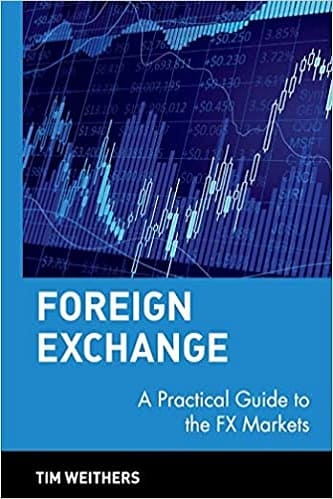

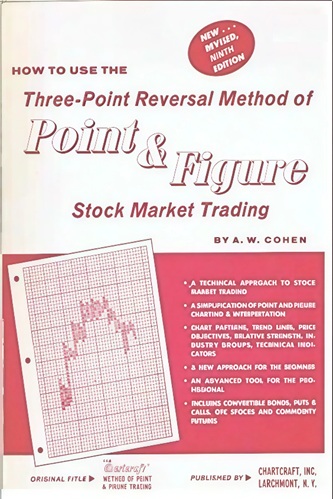

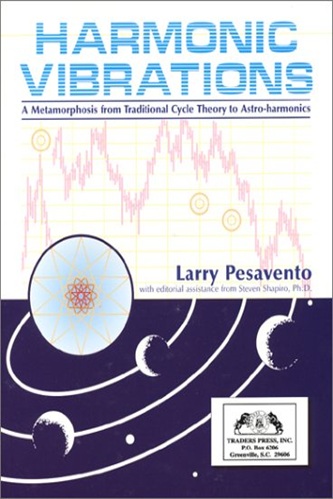
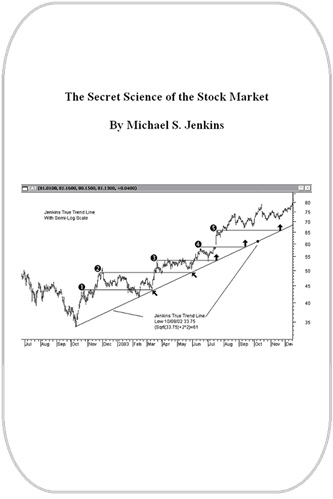
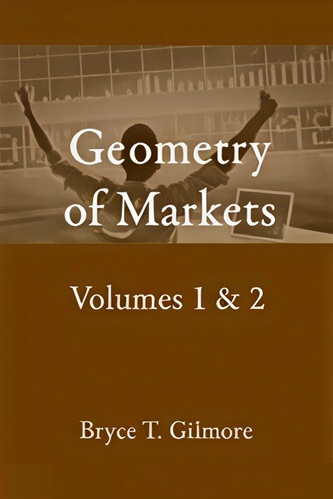
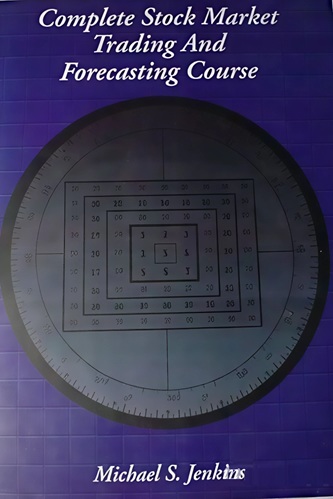
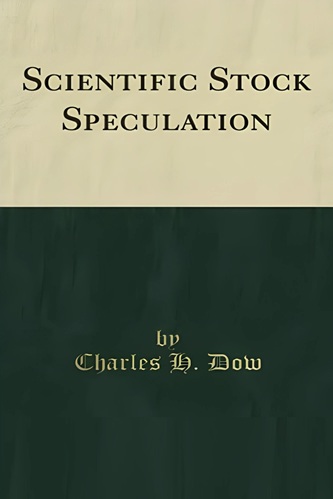
Roy Leal (verified owner) –
This book is written for the beginner although people with financial backgrounds will find it helpful. Should have spent more time on the jargon used in the industry and on market making conventions.
Sonny Bernard (verified owner) –
I started a new job and I need to understand the basics of Foreign Exchange. That book really help my to understand that world. The author explain very well the different concepts of Foreing Exchange. Also, the book provide exercises to practice some concepts.
Noor Phan (verified owner) –
The esteemed Dr. Weithers explains the foreign exchange market nuances with elan, wit and clarity. I would be very much suprised if this book is not considered the definitive work on the topic in the very near future. Brilliant, bold and insightful.
Ivanna Roth (verified owner) –
Mr. Weithers had shared in his book lot of valuable insights. As a professional trader of the FX market for more than 15 years ago, as well as a Lecturing on this subject on several universities on FX trading and Hedging I truly recommend Mr. Weithers’ book as a must reading for both beginners and professional. Frankly, it worth reading time spent on it.
Murphy Arellano (verified owner) –
This is an excellent introduction to foreign exchange. The tone is conversational, with the occasional amusing anecdote, which makes it very easy reading.
Dennis Daniels (verified owner) –
This is not a practical guide to the FX markets. It is written by an academic and sounds like it. Overly complicated.
Barbara Allison (verified owner) –
I decided to buy this book because the content is interesting and it said it was the 2013 edition (if you read the Feautures & Details).
But, I’m surprised when I received the book because it is the 2006 edition. Sincerely it was a bad experience for me, I feel I lost my money because the examples are from 1997 and 2002 so it is not updated at all.
Maison Lozano (verified owner) –
Good
Kellan Grant (verified owner) –
This book is outstanding. It’s a superb introduction to real FX, and explains the idiosyncracies (of which there are many) and rationales of this market.
Alaina Hogan (verified owner) –
The book is good for someone with no exposure to FX markets and for those who want to get a handle on things like how rates are quoted, why digital options make sense etc. The only gripe I have about this book is that it is an introduction to the topic, and not an advanced exposition on FX models, etc. Otherwise it is well written.
Cecelia House (verified owner) –
Its a good book for basic knowledge on FX however the mathematical explanation is written in a narrative style which makes it very confusing.
Yehuda Whitaker (verified owner) –
This book was exactly what I needed. I was familiar with forex futures, and I wanted to break into the cash forex market and possibly into currency options. This book gave me a clear explanation of the markets, including the conventions, the mechanics, the spot market, forex swaps, forex options, etc., and some of the factors which drive exchange rates (e.g., interest rates).
The book is very readable. Usually, this sort of thing puts me to sleep. But I knocked off a chapter per day, no problem. The author is a member of the UBS training department, and he clearly has experience explaining this topic to the uninitiated.
The math is quite light. Nothing more complicated than algebra, which is necessary to explain some pricing logic.
The book does not contain trading secrets. It is not a system for trading forex. It does not explain How I Made $1,000,000 Trading Forex. It will not help you pick a broker. It is not an exposition on the stochastic theory of forex pricing. It is, however, a clear explanation of the FX markets.